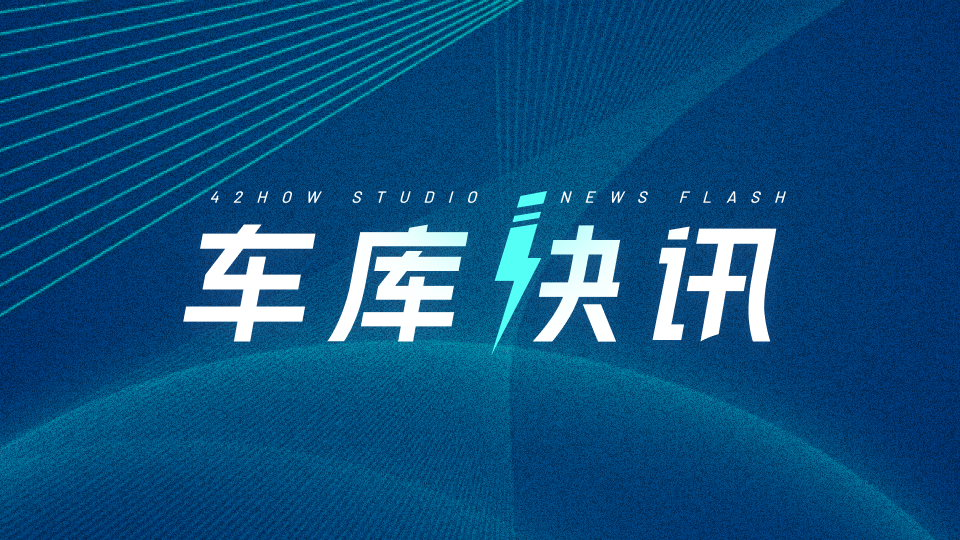During the 2025 Shanghai International Auto Show, AION and Didi Autonomous Driving jointly unveiled the world’s first mass-produced, pre-installed L4 level highly automated driving car. They hosted the “2028: A New World on Wheels – Intelligent Mobility Vision Salon,” engaging in in-depth discussions on the technological evolution and industry trends of future intelligent mobility.

The released mass-produced L4 model, co-developed by AION and Didi Autonomous Driving, features an integrated design from the production line, distinguishing it from traditionally retrofitted autonomous models. This model is equipped with 10 lidar units, 33 sensors, and the first mass-produced infrared sensor, with 2000 TOPS central processing power. It achieves redundancy in eight key systems including power, brakes, and sensors, aiming to enhance overall operational safety and system stability.
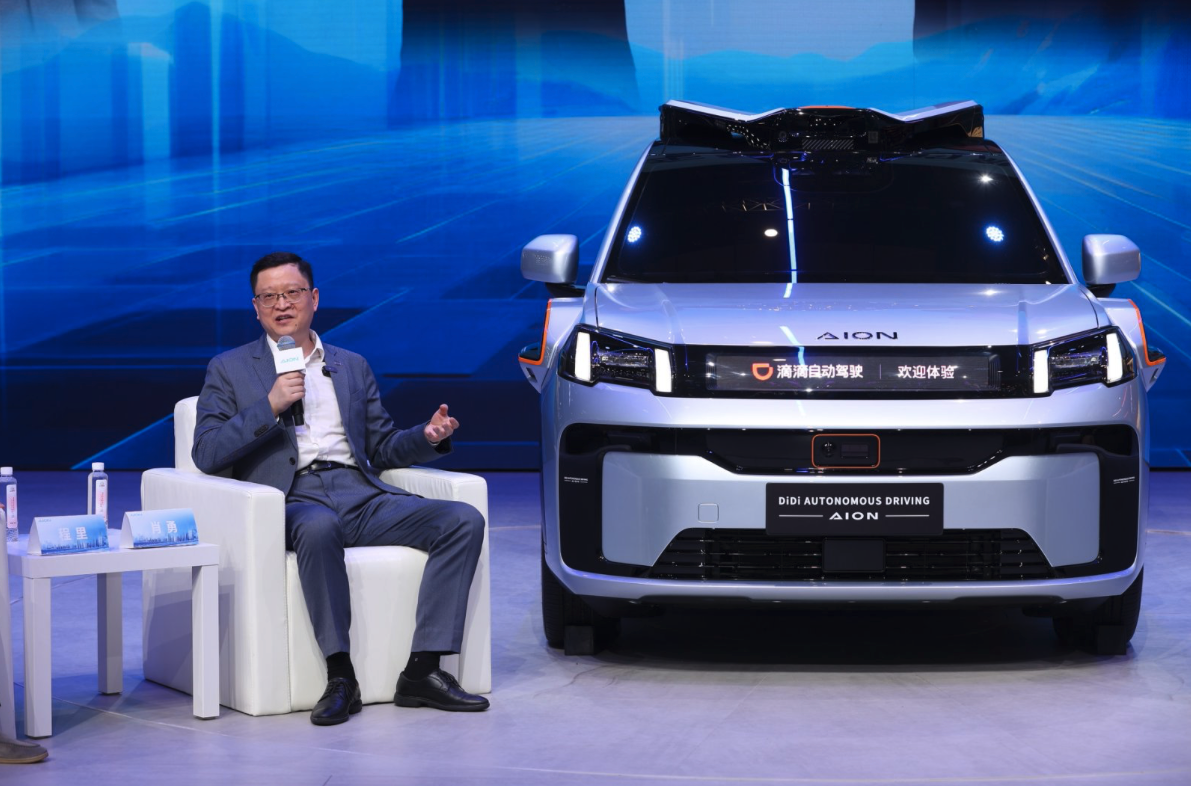
Xiao Yong, head of AION’s marketing division, stated at the salon that this mass-produced L4 model will be officially mass-produced by the end of 2025 and is expected to begin demonstration operations in select areas of Guangzhou, Beijing, and other regions starting in 2026. Xiao Yong emphasized that AION has been engaged in R&D in the smart driving sector since 2013, with accumulated smart-assisted driving mileage exceeding 4 billion kilometers, resulting in a rich database and system expertise.

Wang Yue, Vice President of Operations at Didi Autonomous Driving, noted that the collaboration with AION is based on a consensus in safety philosophy and technological pathways. Didi began autonomous driving R&D nine years ago and has persistently adhered to “responsible technological innovation.” The joint L4 model with AION is designed to strict standards in hardware capability, perception accuracy, and algorithm redundancy, aiming to balance scalability, safety, and commercial sustainability. Wang Yue also mentioned that Didi plans to integrate this model into a hybrid dispatch network for ride-hailing, achieving dynamic human-vehicle coordination and promoting the practical application of autonomous driving technology.
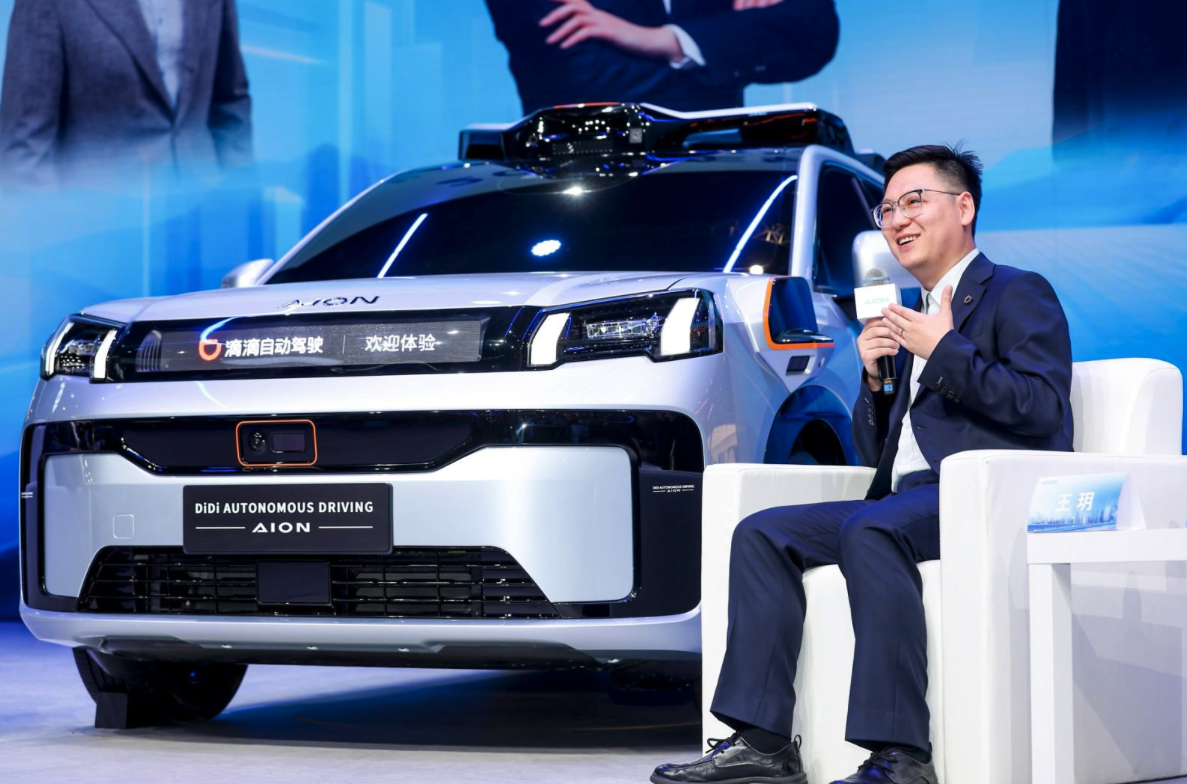
At the salon, Su Qingpeng, founder and CEO of GAC High-altitude Flying Car, shared explorations in the low-altitude mobility sector. He indicated that the technological path of flying cars largely shares core underlying technologies with smart electric vehicles, such as motors, electronic controls, and autonomous driving perception systems. GAC High-altitude is developing an electrically powered vertical take-off and landing aircraft (eVTOL) with autonomous driving capabilities, planning to initiate a ground-air transport demonstration project in Guangzhou this year, progressively building an integrated ground-air future mobility network.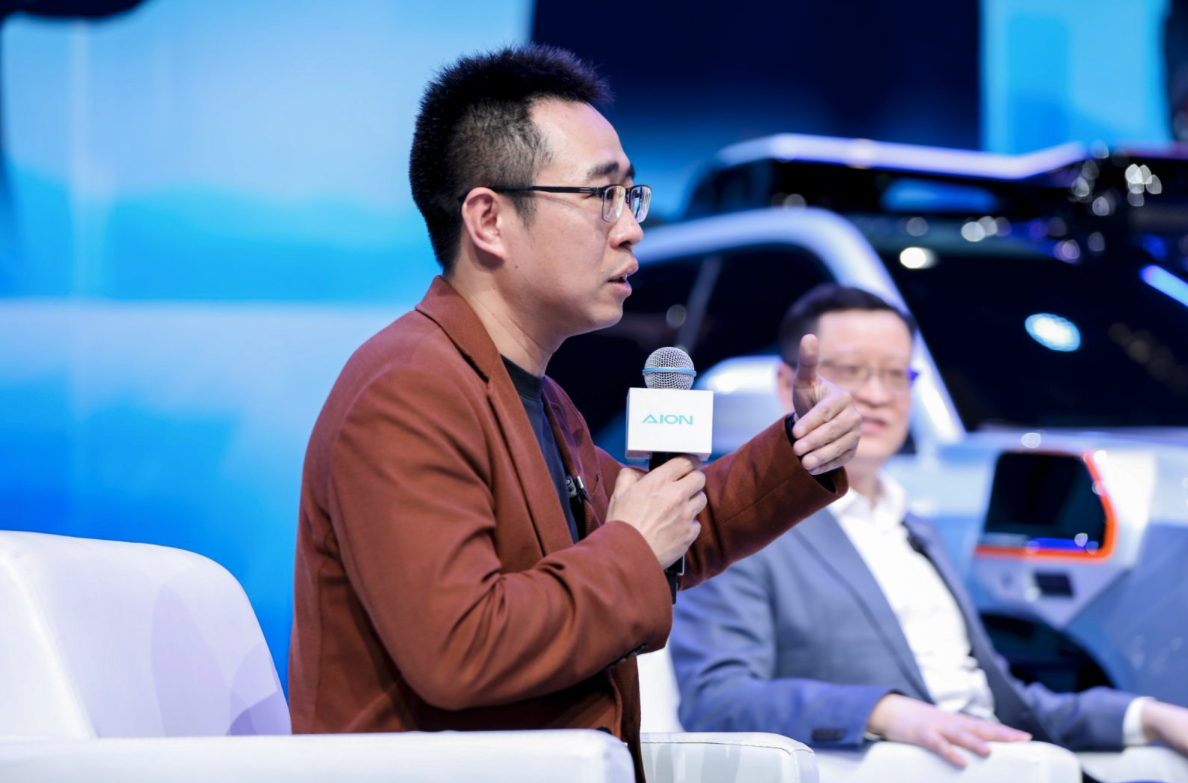
Regarding the safety concerns of L4 technology, all attendees unanimously agreed that safety should be the core premise for the development of autonomous driving. Xiao Yong pointed out that, compared to traditional L2+ assisted driving systems, L4 autonomous driving significantly enhances requirements for vehicle self-perception, decision-making, and execution. Thus, comprehensive enhancements in hardware configuration, system redundancy, and biological identification are imperative. He emphasized that AION and Didi Autonomous Driving have conducted repeated extreme condition validation tests during the mass production vehicle development process to ensure safe operation without driver intervention.

Wang Yue further added that to tackle various extreme and complex road conditions, Didi applies its vast road data accumulated from the ride-hailing platform into autonomous driving system modeling and simulation testing. Simultaneously, a triple redundancy system is introduced to enhance fault-handling capabilities across multiple dimensions, from algorithm layers to software and hardware layers.
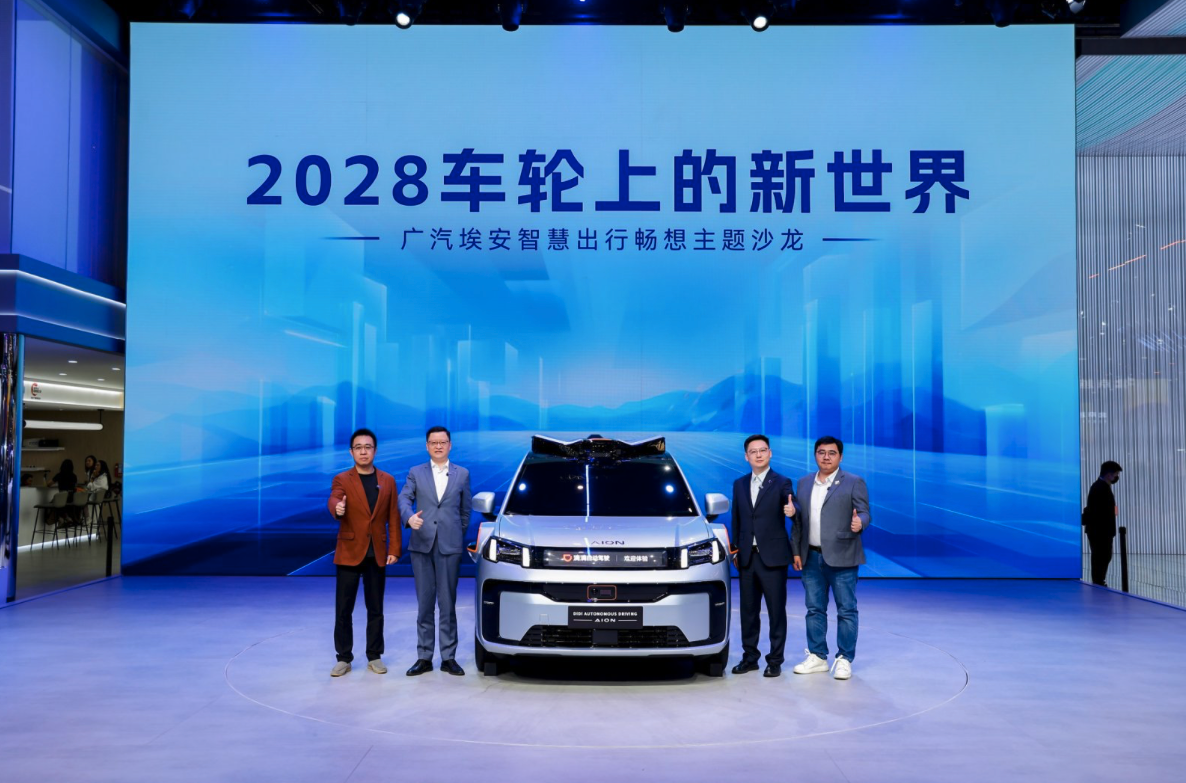
During the panel discussion, the guests envisioned the future of mobility. Xiao Yong believes that with the widespread adoption of L4 and L5 high-level autonomous driving technologies, urban traffic congestion is expected to be significantly alleviated. The primary responsibility for future traffic accidents will shift from drivers to vehicle manufacturers and operators, making travel experiences more convenient and secure. Wang Yue suggested that the next stage of AI development will be the “AI of the Physical World,” with autonomous vehicles and low-altitude aircraft becoming key components of urban mobility. Su Qingpeng envisioned a future with intelligent transportation hubs and seamless integration between ground and aerial transportation, achieving a “one-click direct access” model that greatly reduces travel time.
The “Smart Mobility Vision Theme Sar Motor” not only showcased cutting-edge technological achievements but also demonstrated the industry’s proactive exploration attitude towards the development of emerging fields such as intelligent driving and low-altitude travel. AION and Didi Autonomous Driving stated that they will continue to advance technology validation and demonstration operations, exploring the broader commercialization of autonomous driving, laying a foundation for the future smart mobility ecosystem.
This article is a translation by AI of a Chinese report from 42HOW. If you have any questions about it, please email bd@42how.com.
